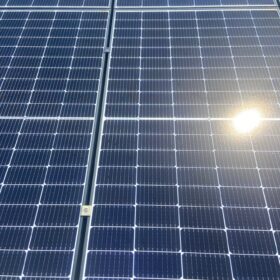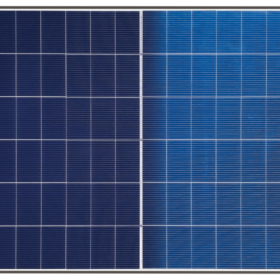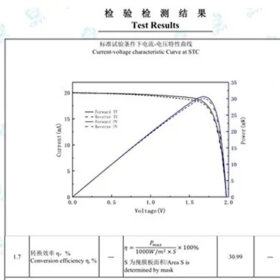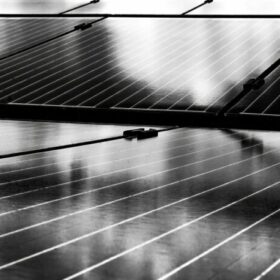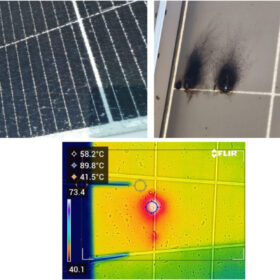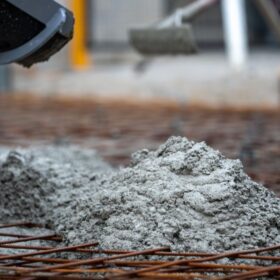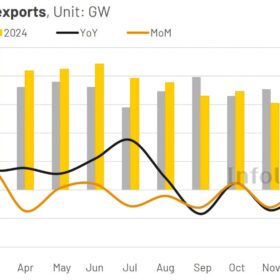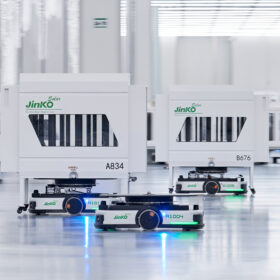‘Solar module prices will soon go back to over $0.12/W’
The global solar module industry is expected to regain a sustainable balance in the next six months, Yana Hryshko, head of Solar Supply Chain Research for Wood Mackenzie, told pv magazine. She explains why solar module prices may increase soon, suggesting that Tier 1 modules prices could reach USD 0.14/W to USD 0.15/W ($0.22/W to $0.24/W) by the end of this year, and discusses how consolidation is materialising within the global PV industry.
Solar installers’ preferred panels, inverters revealed
A new survey shows the majority of Australian solar installers are unconcerned what brand solar panels and battery energy storage systems they work with, but they have a clear preference when it comes to inverters.
Winaico to launch 515 W heterojunction solar module with 23.5% efficiency
Winaico says it will start selling 515 W solar modules with 23.2% efficiency in April 2025.
Risen claims 30.99% efficiency for perovskite-silicon tandem solar cell
The result was confirmed by China’s National Solar Photovoltaic Product Quality Supervision and Inspection Center. The tandem device is relying on a bottom cell based on a heterojunction design.
Tongwei drops plan to acquire Runergy
Chinese PV company Tongwei originally intended to invest CNY 5 billion ($1.8 billion) to buy a 51% stake in Runergy.
Study shows reducing number of solar modules per string reduces hotspots risk
Scientists in Indonesia have investigated early operational defects in a 24.9 MW solar PV system in Sumatra and have identified hotspot formation as the dominant defect. They also detected 282 cases of glass cracking, 350 cases of junction box failures and shading effects linked to module defects.
Boral trials recycled solar panels as sand alternative in concrete mix
Construction materials company Boral is trialling the use of crushed glass sourced from end-of-life and damaged solar panels as a partial replacement for natural sand in concrete production.
Back contact solar module manufacturing capacity may reach 1 TW by 2030, says tech expert
Radovan Kopecek, an expert on back-contacted (BC) solar cell and module technologies, spoke with pv magazine about BC manufacturing costs, efficiency and technical challenges. He believes that global BC solar module manufacturing capacity could reach 1 TW by 2030, potentially making BC products the industry’s mainstream technology. Kopecek added that 2028 will be a crucial year for its development, as most of the critical patents associated with this module tech will expire.
China exports 235.9 GW of solar panels in 2024
China exported 235.93 GW of PV panels in 2024, a 13% increase over the previous year. Of this, 68.11 GW of modules were shipped to the Aisa-Pacific region, up 26% from 2023.
Jinko exceeds 1 GW milestone in Australian distribution market
JinkoSolar has achieved an historic milestone by becoming the first company to exceed 1GW in distribution shipments in Australia for 2024 on the back of its popular Tiger Neo modules.

